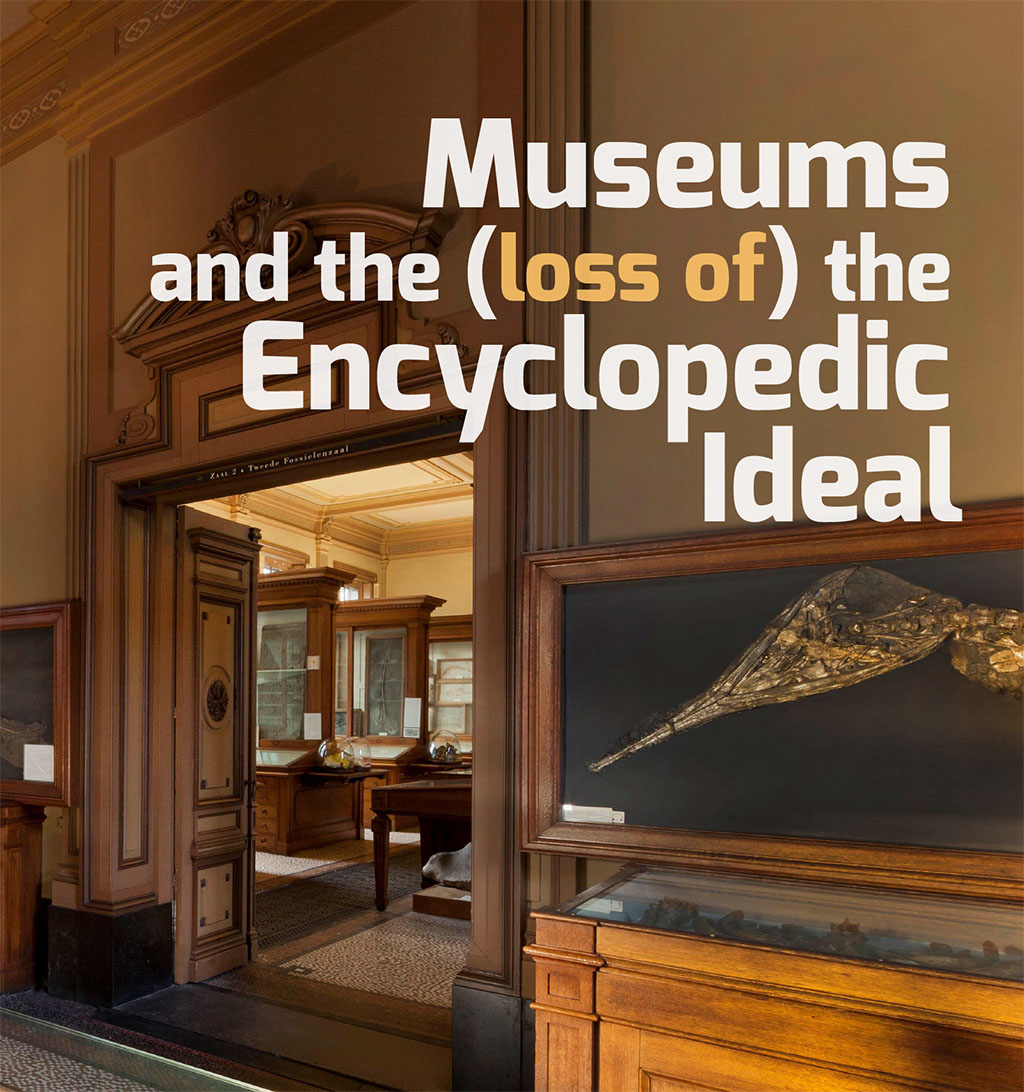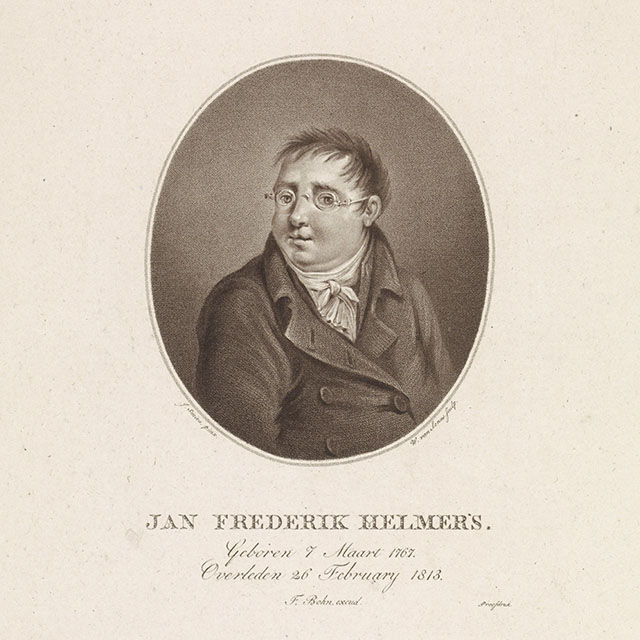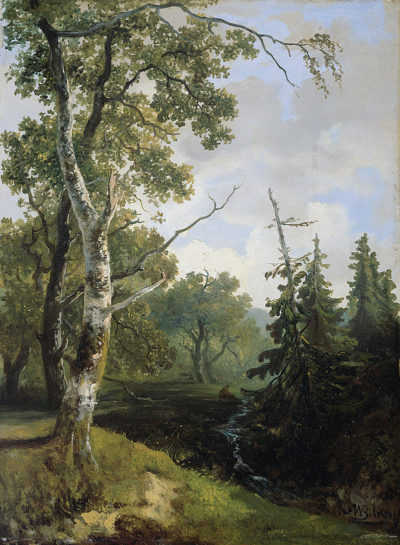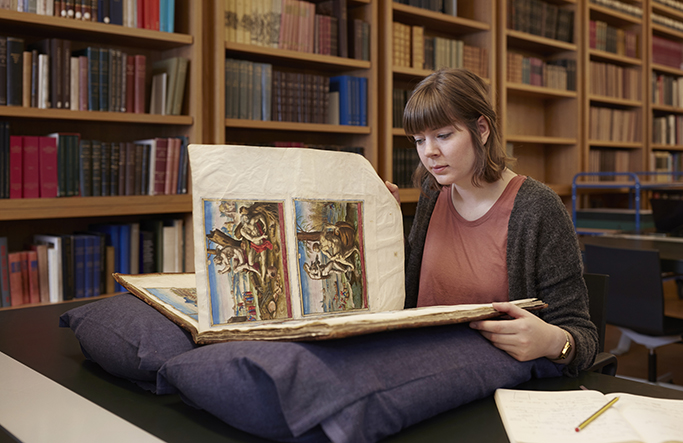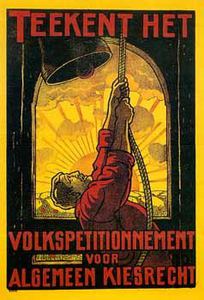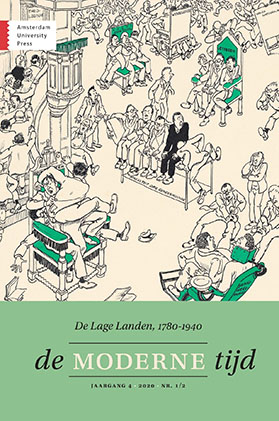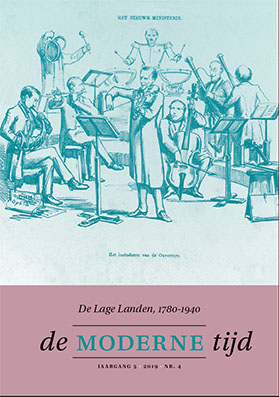De vakgroep Letterkunde van de Universiteit Gent heeft voor 48 maanden een voltijdse betrekking vacant voor een promovendus. De aanwerving vindt plaats in het kader van een vierjarig onderzoeksproject op het terrein van de historische letterkunde en muziekwetenschap, gefinancierd door het Bijzonder Onderzoekfonds (BOF) van de Universiteit Gent, met als titel: ‘Singing Communities: Dutch Political Songs and the Performance of National Identity (1775-1825)’.
De promovendus zal binnen dit project onderzoek doen naar de gemeenschapsvormende werking van het politieke lied in de Noordelijke Nederlanden omstreeks 1800. Het politieke lied werd in die periode een belangrijke functie toegedicht in het versterken van een nationale identiteit. Singing Communities onderzoekt die identiteit aan de hand van Nederlandse liederen uit de periode 1775-1825. Het richt zich met name op de mogelijke spanningen tussen het gewenste gemeenschapsvormende effect van de liederen op de zangers en de harde politieke realiteit van verdeeldheid en crisis. De volledige projectomschrijving is op te vragen bij Kornee van der Haven (Cornelis.vanderHaven@UGent.be).
Het bronnenmateriaal bestaat uit de liederen zelf, maar ook uit achtergrondmateriaal dat inzicht biedt in hoe het corpus gefunctioneerd heeft in een sociale context van bijvoorbeeld het gemeenschappelijk zingen van de liederen. Behalve de teksten van de liederen zal ook hun muziek bestudeerd worden. De promovendus moet daarom in staat zijn om een lied zowel tekstueel als muzikaal diepgaand te analyseren. Een achtergrond in de muziekwetenschap en/of de (Nederlandse) literatuurwetenschap is daarbij gewenst. Bij een muzikale achtergrond is een affiniteit met tekstanalyse een belangrijke voorwaarde, en omgekeerd vragen wij van een letterkundige kandidaat voldoende ervaring met en interesse voor de werking van muziek. De begeleiding van het project zal uitgevoerd worden door een promotor met een literatuurwetenschappelijke achtergrond (Kornee van der Haven, Universiteit Gent) en een promotor op het terrein van de muziekwetenschap (Isabella van Elferen, Kingston University London).
De kandidaturen, met motivatiebrief, een voorstel voor een ‘plan van aanpak’ en een Curriculum Vitae, dienen ten laatste op 15 mei ingediend te worden. Voor meer informatie, zie de vacaturepagina van de Universiteit Gent.

